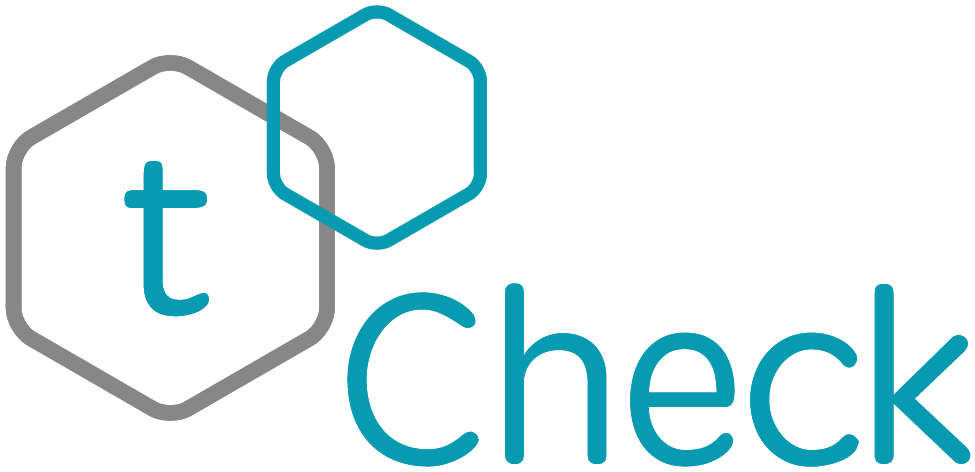“...the endocannabinoid system is involved in essentially all human disease. This is a very strong statement, but it seems to be correct.” Raphael Mechoulam, the Godfather of THC.
Ancient cultures have employed cannabis in their healing practices for thousands of years. Cannabis was even included in official western pharmacopeias until 1942, after the United States passed the 1937 Marihuana Tax Act, effectively prohibiting the cultivation of cannabis and hemp plants.
The dark age of cannabis prohibition has severely stunted our scientific knowledge of how cannabinoids work. It has only been relatively recently, as laws began to change, that modern science started to understand the mechanisms behind the therapeutic effects ancient humans observed.
History of the Endocannabinoid System
The endocannabinoid system (ECS) is a network of receptors that evolved over 600 million years ago. Animals as simple as sea urchins and as complex as humans all have endocannabinoid systems. Members of the insect family are the only major group to lack an ECS.
Although the endocannabinoid system has been around since ancient times, modern science didn’t discover the ECS until the early 1990s. In 1992, Israeli researcher Raphael Mechoulam and his team of scientists identified the first endocannabinoid, anandamide. Before they discovered endocannabinoids, Mechoulam’s team managed to be the first to synthesize cannabinoids, including delta-9 tetrahydrocannabinol (THC), cannabidiol (CBD), and cannabigerol (CBG).
Shortly after Mechoulam’s discovery of endocannabinoids, scientists became aware of the vast endocannabinoid system and theorized about its extensive implications for human health.
How the Endocannabinoid System Works
The endocannabinoid system helps the body maintain homeostasis. Homeostasis is our body’s ability to maintain a stable internal environment, even when external conditions change. The ECS helps the human body maintain balance in a wide range of vital functions, such as:- Appetite control
- Sleep cycles
- Fertility
- Emotions
- Inflammation
- Pain responses
- Temperature control
Three primary components make up the endocannabinoid system: endocannabinoids, receptors, and enzymes.
Endocannabinoids
Scientists have identified and studied two primary endocannabinoids so far:
- N-Arachidonoyl ethanolamine (AEA): More commonly known as anandamide, AEA is the most abundant endocannabinoid in the human body. Scientists nicknamed AEA “the bliss molecule” for the compound’s ability to create euphoric effects, including the “runner’s high” athletes feel after exercise.
- 2-arachidonoyl glycerol (2-AG): 2-AG is the second most abundant endocannabinoid, which plays a crucial role in neurotransmitter release. Scientists have linked 2-AG to the balancing of emotions, metabolism, cognition, and pain sensation.
Receptors
The endocannabinoid system contains a network of G-protein coupled receptors, also called ECS receptors. These receptors act similarly to the receptors designed to receive neurotransmitters. However, ECS receptors act in the opposite direction. Neurotransmitters stimulate presynaptic cells to send messages to postsynaptic cells.
Endocannabinoids, in contrast, stimulate postsynaptic cells to send information back to the presynaptic cell. These complementary modes of functioning create a feedback mechanism that makes the ECS incredibly efficient in helping the body maintain balance.
Scientists classify ECS receptors in two categories:
- CB1 receptors can be found in abundance in the brain and central nervous system.
- CB2 receptors populate the peripheral nervous system, including the organs and tissues of the immune system.
The ECS has more receptors than any other receptor system in the body. Researchers anticipate the discovery of a third type of endocannabinoid receptor, but efforts to locate a CB3 receptor have so far been fruitless.
Enzymes
The body uses enzymes to break down endocannabinoids after they have served their purpose. Two main enzymes are involved in metabolizing endocannabinoids:- Fatty Acid Amide Hydrolase (FAAH): After anandamide travels from the postsynaptic cell to the presynaptic cell, the endocannabinoid returns to the postsynaptic cell where FAAH breaks it down for reabsorption by the body.
- Monoacyl-Glycerol Lipase (MAGL): MAGL works in the same fashion as FAAH to metabolize 2-AG.
FAAH and MAGL levels have an immense impact upon the quantity of anandamide and 2-AG in the body and the ECS’s ability to keep us in balance
Clinical Endocannabinoid Deficiency (CECD)
Endocannabinoids are so crucial for maintaining our health that researchers have theorized that a severe lack of them may be responsible for some of our most perplexing medical conditions, including: fibromyalgia, migraines, and irritable bowel syndrome. The hypothesized syndrome, called Clinical Endocannabinoid Deficiency (CECD), may help explain why cannabis seems to improve the symptoms of such stubborn disorders.
Phytocannabinoids and the ECS
While cannabinoids that occur naturally in the human body are called endocannabinoids, scientists refer to similar substances produced by plants as phytocannabinoids. Traditionally, THC, the compound responsible for the intoxicating effects of “marijuana,” received the most attention. As cannabis laws change and cannabis research progresses, scientists are becoming increasingly interested in the plant’s other active compounds.
Cannabis plants contain over 100 cannabinoids, including THC and CBD. Besides cannabinoids, cannabis also produces an abundance of other beneficial compounds such as terpenes, flavonoids, and essential fatty acids. While modern science prefers to isolate individual substances, research has concluded that the compounds in cannabis work better together. All of the active compounds in cannabis function holistically to produce a beneficial result that scientists call the “entourage effect.”
How You Can Use Cannabis to Support Your Endocannabinoid System
If you’re an herb lover or a CBD consumer, you’ve probably already experienced the positive effects of cannabis compounds. Beginners may need a rundown on how they can incorporate cannabis into their daily routine. Consuming cannabis isn’t limited to smoking. These days, consumers can find many ways to enjoy the benefits of the cannabis plant.
Vaping
Vaping cannabis concentrates or dry herb is one of the best ways to feel the effects quickly. Inhaling cannabis vapor eliminates many of the harmful carcinogens involved with smoking.
Tinctures and Edibles
Purchasing oils and edibles or making them yourself provides longer-lasting effects than inhaling cannabis and allows consumers to be sure they’re receiving all of the benefits of the entourage effect.
Making your own infusions and edibles can be highly rewarding. If you’re interested in making edibles at home, keep in mind that cannabis or hemp flowers need to go through a process called decarboxylation to activate the cannabinoids. Another obstacle to making homemade edibles is judging the potency. The best way to get consistent results is to invest in a quality potency checker like tCheck’s THC Potency Tester, a small portable device that accurately tests your THC or CBD content within minutes.
Whether you choose to buy pre-made edibles or make your own, you should always remember to take it low and slow. Consumers should start by ingesting a small portion and waiting at least two hours before taking more.
Topicals
Topicals are especially useful for easing aches and pains and calming irritated skin. You can buy cannabis creams and lotions, but they can get rather expensive, and some products don’t include enough active ingredients to be effective. Consumers can use tCheck’s potency testing device to test both store-bought cannabinoid creams and homemade topicals.







